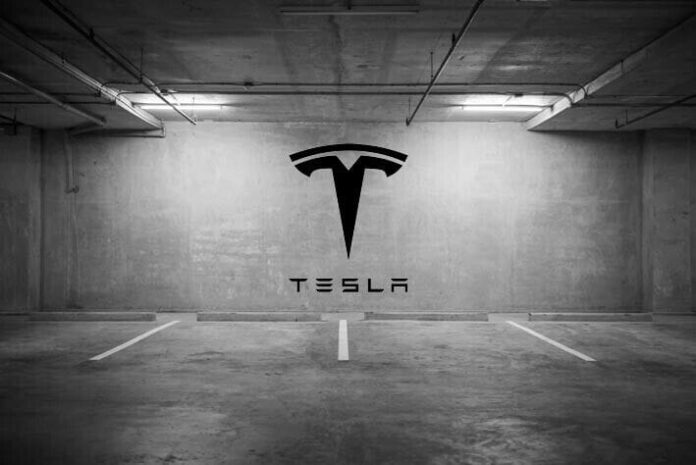Estonian police have completed their investigation of a road accident involving a Tesla car on the Tallinn-Tartu highway in mid June, concluding that the calamity was not caused by the vehicle’s driver assistance system, according to a report in Postimees.
It was on June 17 that a Tesla Model X crashed into the rear end of a trailer truck at high speed. The impact was so strong that the 37-year-old woman who was driving the car died on the scene. There were no passengers in the car, and a forensic examination afterward found that the driver was not intoxicated.
Investigators at first suggested that the crash might been caused by the vehicle’s advanced autopilot feature.
Raul Annuka is commander of the North Prefecture accident investigation group, and he says that his agency asked Tesla for information, but did not receive a response to any of their inquiries. Police hoped to get data about the car from Tesla servers which, to a certain extent, preserve the driving data of all Tesla vehicles.
“Based on other evidence from the investigation, there is no reason to believe that the accident was caused by a technical failure in the car,” said Annuka. He added that this is why the police completed the investigation of the circumstances of the traffic accident in September.
Tesla cars have an autopilot which can read traffic signs, regulate speed and maintain lane presence and distance. When on autopilot, the vehicles checks for driver alertness once every 30 seconds. If the driver’s hands are not on the steering wheel, a loud noise will sound. If the driver still does not take hold of the wheel, the car will slow down and then stop.
The cars also have cameras which constantly monitor its surroundings at a 360° range. Tesla’s driver assistance systems are designed to minimize the likelihood of road accidents. If the automobile detects a hazard, the emergency brakes are put on. A driver, however, can override this by stepping on the accelerator pedal.
Tesla introduced the autopilot in October 2015, and since then there have been regular upgrades to the system. As of June of this year, however, 44 fatal crashes involving Tesla vehicles have been registered worldwide which have been considered to have been caused by autopilot problems.
The first known fatal crash involving a Tesla car on autopilot occurred on May 7, 2016, in Florida, when a Tesla Model S crashed into a trailer truck on a highway. After this accident, Tesla went to great lengths to remind drivers that the autopilot does not mean that the vehicle is autonomous, and the driver must always be fully alert behind the wheel and prepared to take control of the vehicle at any moment.
Source: BNS
(Reproduction of BNS information in mass media and other websites without written consent of BNS is prohibited.)

